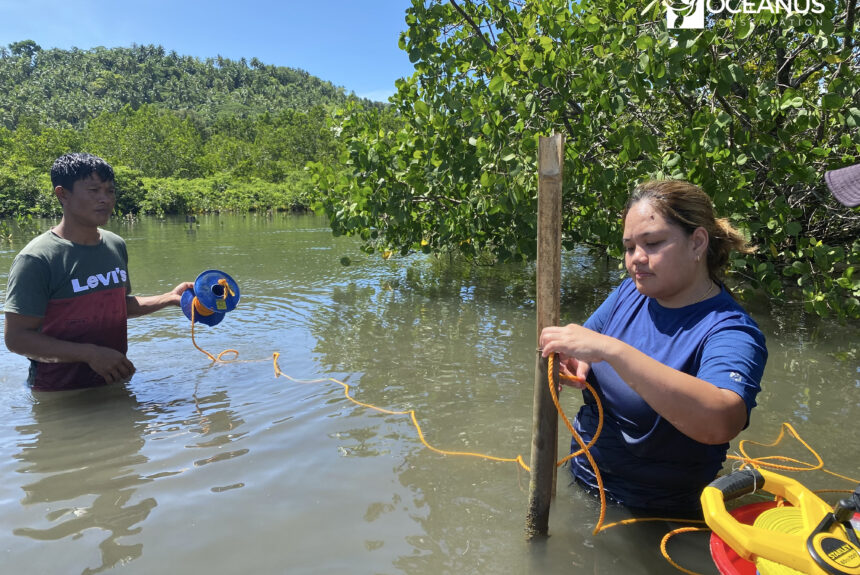We conducted a biodiversity assessment at the mangrove restoration sites in Poblacion and Bitaugan West, Cagwait, Surigao del Sur. This evaluation aimed to gather baseline data on various environmental factors to gauge the success of the ongoing restoration projects. Oceanus collected data on water quality, soil samples, mangrove biodiversity, and macroinvertebrate biodiversity, ensuring a comprehensive understanding of the current ecological status of these abandoned fishponds
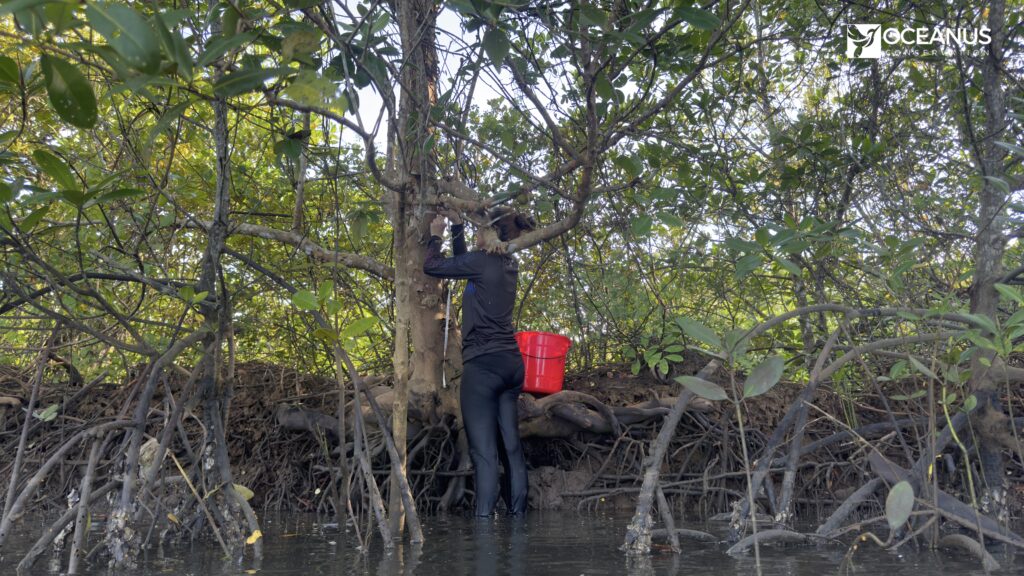
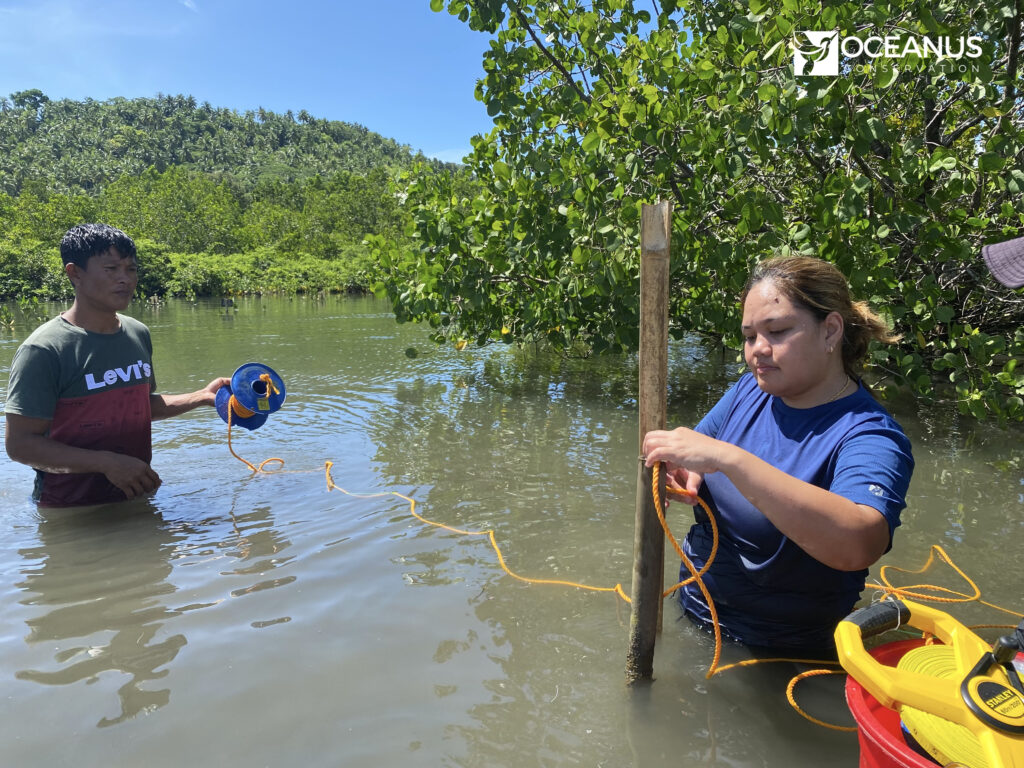
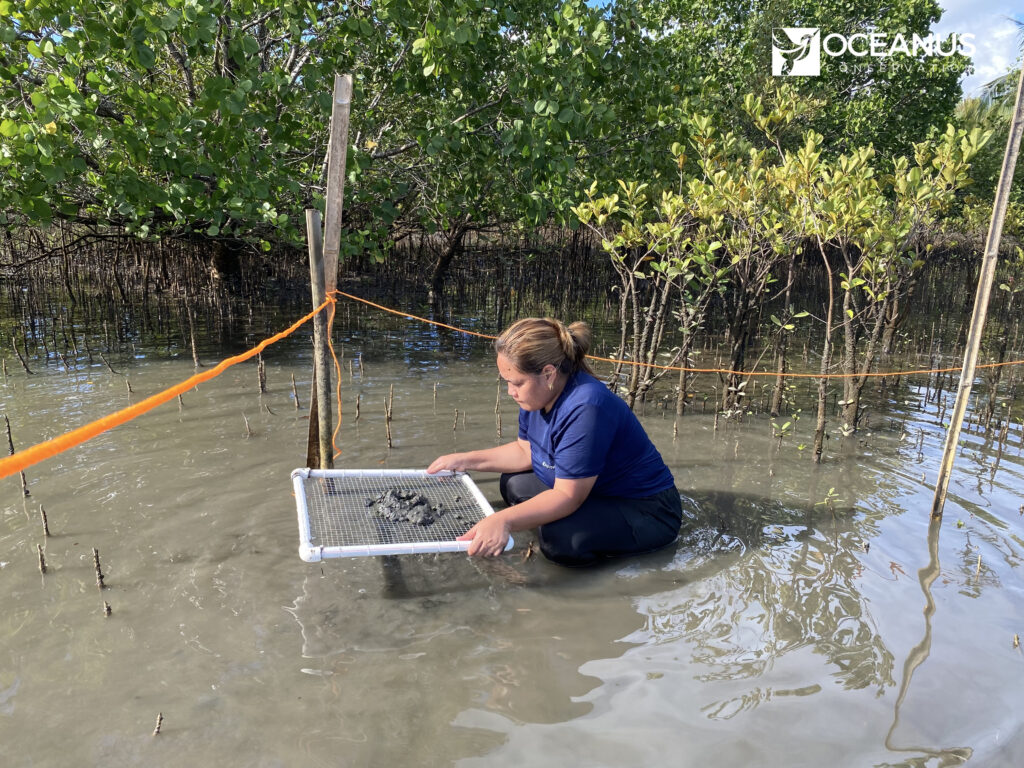
The assessment process involved sampling and analysis. Water quality was measured for parameters such as pH, salinity, temperature, and dissolved oxygen, which are crucial for the health of mangrove ecosystems. Soil samples were analyzed for their nutrient content and composition, providing insights into the substrate conditions that support mangrove growth. The team also documented the diversity and health of the mangrove species present to understand the overall resilience and functionality of the ecosystem.
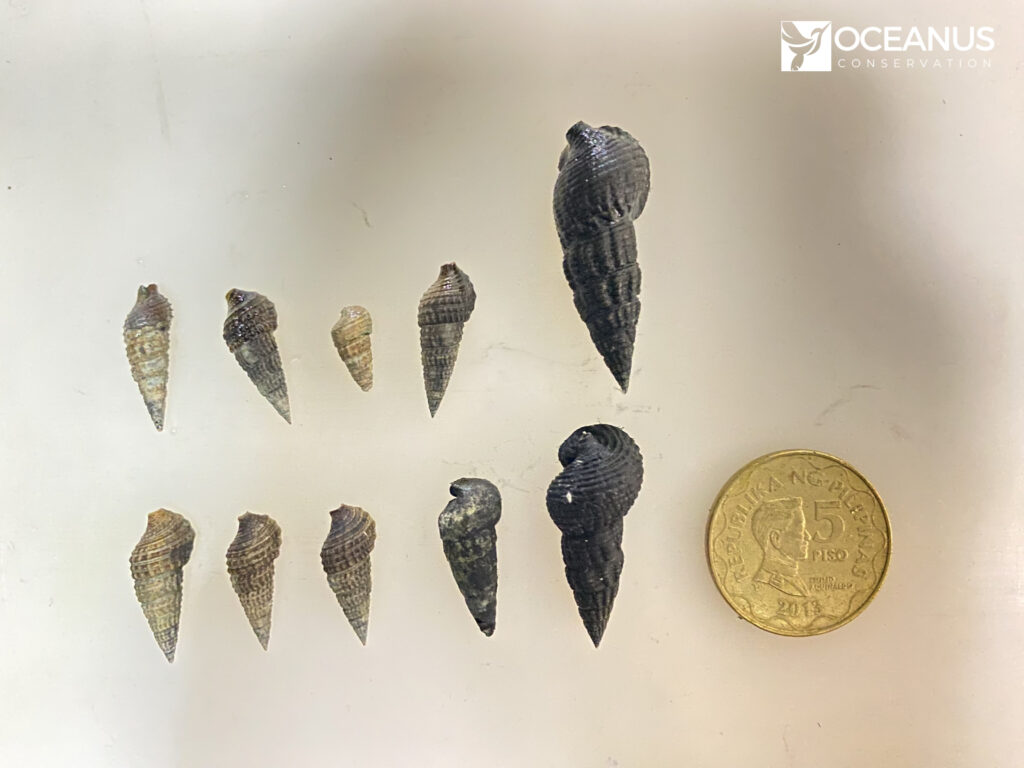
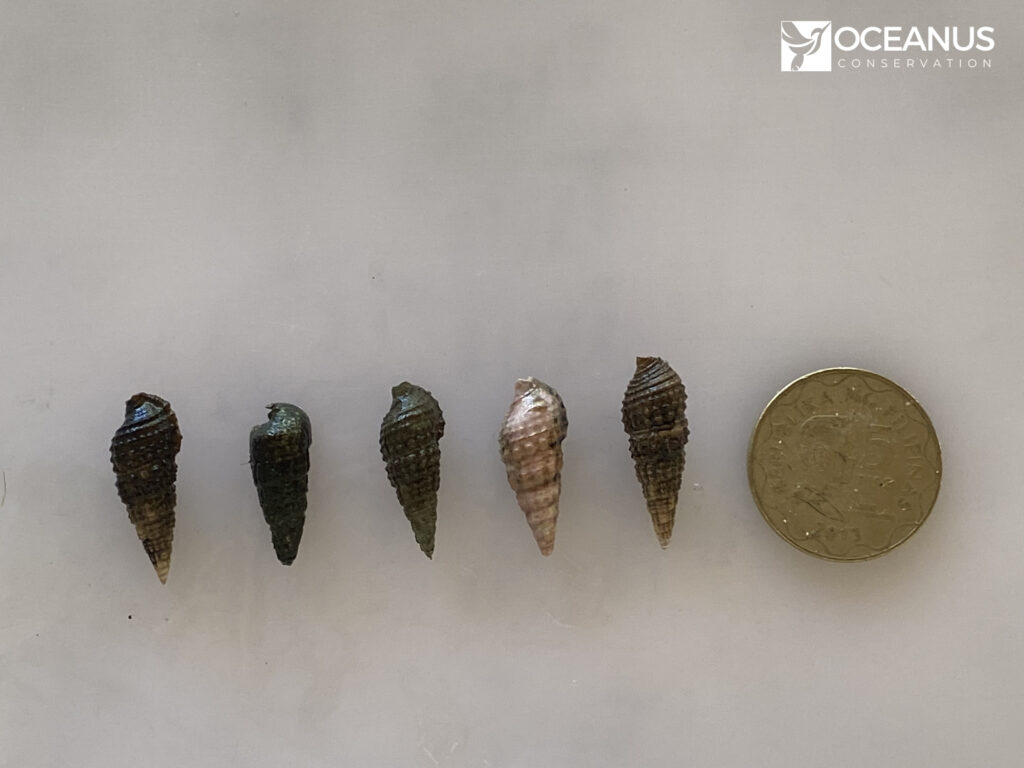
Macroinvertebrates, including crabs, and shells, were a key focus of this assessment. These organisms contribute to nutrient cycling and serve as indicators of environmental health. By cataloging the species and their abundance, Oceanus Conservation aims to track changes over time, particularly in response to restoration efforts. An increase in macroinvertebrate diversity and abundance would be a positive sign of ecological recovery.
The data collected during this period will serve as a baseline for future comparisons. Oceanus Conservation plans to monitor these sites regularly to observe changes and measure the impact of the restoration activities. Comparing this baseline data with future assessments will help determine the success of the project. If there is a notable increase in macroinvertebrate abundance and overall biodiversity, it will indicate that the restoration efforts are positively affecting the ecosystem.
Watch out for the results of the study soon, as it will measure the effectiveness of the conservation efforts and guide future strategies for preserving and restoring coastal ecosystems.
